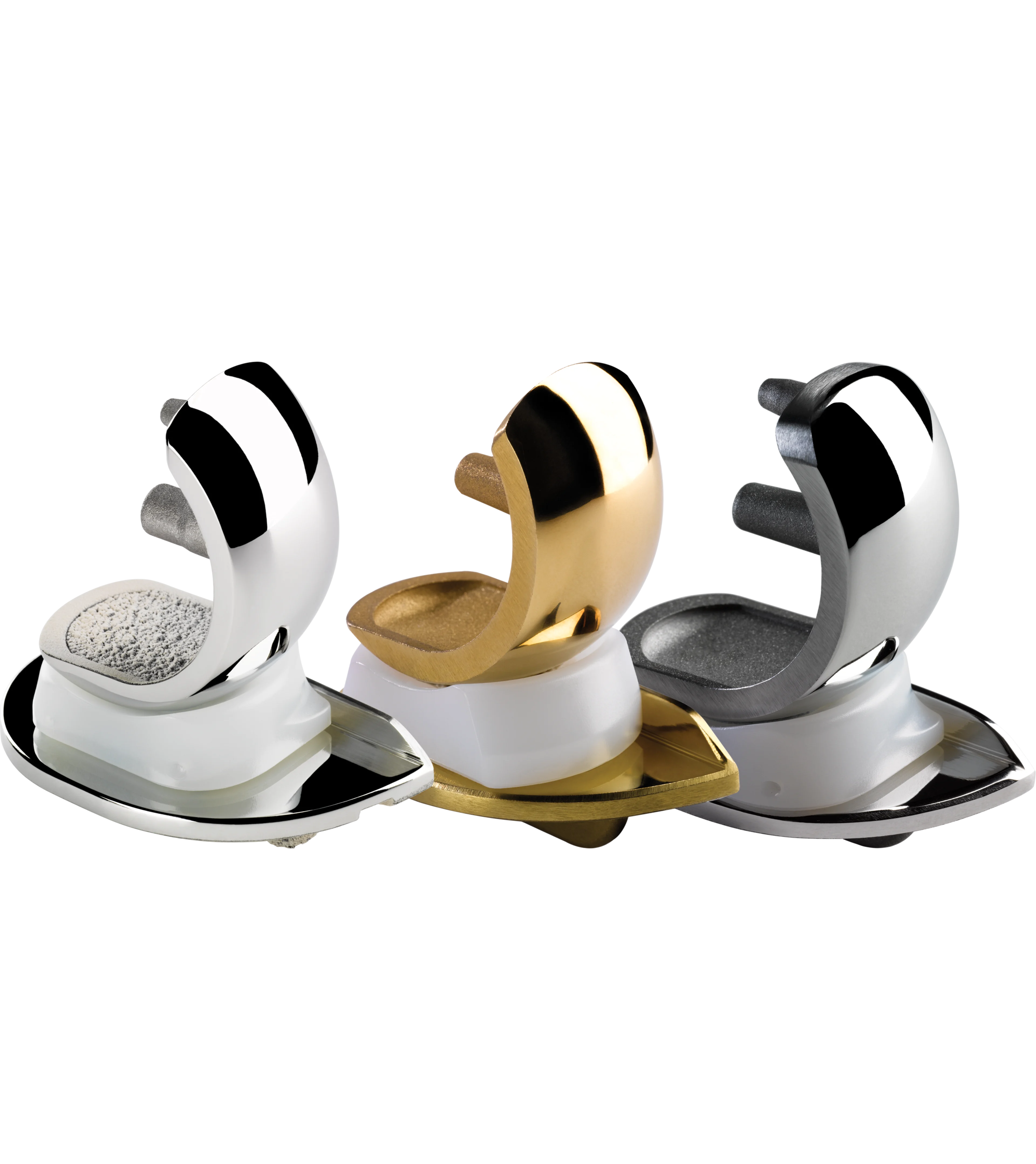
ZBI Network
Get access to all our education resources, webinars and more in one place.

The Oxford Partial Knee is available in cementless and cemented fixation. It has more than 300 publications and the Oxford Cementless Partial Knee has demonstrated 10-year survivorship of 94.15%* in the national registry of the UK. Also available as Oxford Titanium Niobium (TiNbN) and for patients suffering from lateral osteoarthritis the Oxford Fixed Lateral can be used.
*Ref: UKNJR 2021

With 45 years of clinical heritage, the Oxford Partial Knee is the most widely used1 and clinically proven2,3 partial knee system in the world.
Survivorship at 15 Years
At minimum 15 years postoperative (432 knees).4
Survivorship at 20 Years
91.0% Kaplan Meier Survivorship at minimum 20 years (14 knees).2
The Oxford Partial Knee offers surgeons a partial knee replacement that is less invasive and has demonstrated lower morbidity and pain scores when compared to total knee replacement.4
Microplasty Instrumentation simplifies the surgical technique, providing for accurate and reproducible implant positioning.5 Microplasty instrumentation also shows a reduction in OR time of almost 9 minutes,6 reduced risk of dislocation7 and improved alignment8 compared to Phase 3 Instrumentation.
A multi-center study demonstrated decreased morbidity and complications of PKA compared to TKA.9
After one year, a randomised, controlled study showed that significantly more partial knee patients would have the operation again compared to total knee patients.10
Providing in-person and virtual training opportunities.
46% of patients would choose a PKR over a TKR when presented with the various risks and benefits of both options.11 This is significantly higher than the 10% of knee replacement patients who receive a PKR today.12
A study showed that PKR patients require fewer narcotics following surgery, for a shorter duration of use, less refills, and have a lower likelihood of narcotic requirement at 4 weeks.13
Partial Knee Replacement
Mobile Bearing